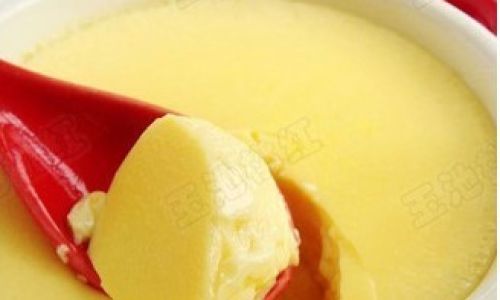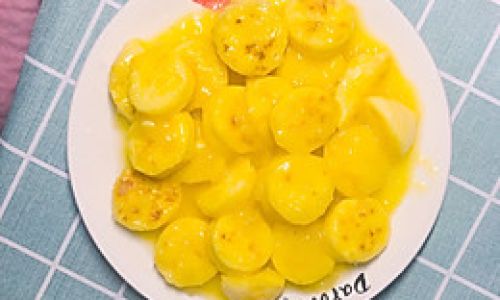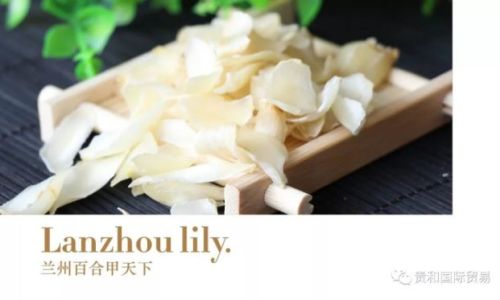Introduction
In the realm of desserts, few creations balance simplicity and sophistication as elegantly as orange egg custard. This delicate dish, often referred to as orange-flavored egg pudding or citrus-infused steamed custard, marries the creamy richness of traditional egg custard with the bright, tangy zest of fresh oranges. The result is a dessert that is both comforting and refreshing, a harmonious blend of textures and flavors that appeals to palates worldwide. Whether served warm on a chilly evening or chilled under the summer sun, orange egg custard offers a versatile canvas for culinary creativity. This article will guide you through the art of preparing this beloved treat, exploring its origins, ingredients, and techniques to achieve a silken finish every time.

The Allure of Orange Egg Custard
Orange egg custard is more than just a dessert—it is a testament to the magic of minimalist cooking. With only a handful of ingredients, it transforms humble elements like eggs, milk, and citrus into a luxurious experience. The dish’s appeal lies in its contrasts: the velvety smoothness of the custard against the vibrant burst of orange, the subtle sweetness tempered by a hint of acidity. Unlike baked custards that rely on ovens, this recipe often employs steaming, a gentler method that preserves the custard’s tender texture and prevents curdling. The absence of flour or starch further emphasizes the purity of flavors, making it an ideal choice for those seeking a gluten-free or lightly sweetened indulgence.
Ingredients: Simplicity Meets Quality
To embark on your orange egg custard journey, gather the following ingredients. Each component plays a pivotal role, so prioritizing freshness and quality is key:
- Eggs (3 large): The backbone of the custard’s structure. Use room-temperature eggs for easier blending.
- Fresh Oranges (2 medium): Opt for navel or Valencia oranges for their juice-to-zest ratio. Avoid overly tart varieties like Seville.
- Whole Milk (1.5 cups): Provides richness without overwhelming the custard’s delicate balance.
- Granulated Sugar (1/4 cup, plus extra for caramelizing): Adjust sweetness to taste; brown sugar can add a caramel undertone.
- Vanilla Extract (1/2 teaspoon): Enhances the custard’s aromatic profile.
- Salt (a pinch): A flavor enhancer that rounds out the sweetness.
- Optional Garnishes: Orange slices, mint leaves, or a sprinkle of powdered sugar for visual appeal.
The Culinary Alchemy: Step-by-Step Preparation
Preparing the Orange Elixir
Begin by extracting the essence of the oranges. Zest one orange using a microplane, taking care to avoid the bitter white pith. Set the zest aside. Juice both oranges, yielding approximately 1/2 cup of fresh juice. Strain the juice to remove pulp and seeds. The zest will infuse the custard with floral citrus notes, while the juice contributes a lively acidity.
Crafting the Custard Base
In a mixing bowl, whisk the eggs gently until the yolks and whites are fully combined. Avoid over-whisking, as this can introduce unwanted air bubbles. Gradually pour in the milk, sugar, vanilla extract, salt, and 1/4 cup of the orange juice (reserve the remaining juice for garnishing). Whisk until the sugar dissolves and the mixture is smooth. Add the orange zest, stirring gently to distribute it evenly.
Straining for Perfection
To achieve a flawless texture, strain the custard mixture through a fine-mesh sieve into a clean bowl. This step removes any egg solids or zest fibers, ensuring a silken finish. Discard the solids caught in the sieve.
Steaming to Silken Mastery
Steaming is the secret to the custard’s tender consistency. Fill a large pot or wok with water, bringing it to a simmer. Place a heatproof dish (such as a ceramic ramekin or glass bowl) into a steamer basket or trivet to elevate it above the water. Pour the strained custard into the dish, covering it tightly with aluminum foil to prevent condensation from dripping in. Steam gently for 15–20 minutes, or until the edges are set but the center still jiggles slightly when nudged. Avoid high heat, as this can cause the custard to curdle.
Chilling and Garnishing
Once cooked, remove the custard from the steamer and let it cool at room temperature for 30 minutes. For a refreshing twist, refrigerate it for at least 2 hours. Just before serving, drizzle the reserved orange juice over the surface and garnish with orange slices, mint, or a dusting of powdered sugar.

Troubleshooting Common Pitfalls
Even seasoned cooks encounter hiccups. Here’s how to address them:
- Lumpy Texture: Overcooking or insufficient straining are common culprits. Always strain twice if needed, and monitor steaming time closely.
- Weepy Custard: Excessive moisture from steam can seep into the dish. Ensure the foil is sealed tightly, and avoid opening the lid during cooking.
- Bland Flavor: Balance is key. Taste the custard base before steaming and adjust sugar or orange juice accordingly.
The Science Behind the Silk: Understanding Custard Chemistry
Egg custards are emulsions—a delicate dance between proteins, fats, and liquids. When heated, egg proteins (primarily albumin and ovalbumin) coagulate, forming a network that traps liquid and creates the custard’s structure. Milk contributes fat and lactose, enhancing richness and sweetness. The orange juice introduces acid, which lowers the custard’s coagulation temperature, necessitating gentle cooking to prevent over-thickening. The zest’s essential oils add aromatic complexity without disrupting the emulsion.
Cultural Context: A Global Dessert with Local Roots
While egg custards appear in cuisines worldwide—from France’s crème anglaise to China’s steamed milk pudding—the orange-infused variant reflects a modern fusion. In Southeast Asia, citrus-flavored custards are often enjoyed during festivals, symbolizing prosperity and renewal. In Western kitchens, the dish has gained popularity as a lighter alternative to heavy desserts, embraced by health-conscious foodies and home cooks alike.
Creative Twists: Elevating the Classic Recipe
Experimentation is the soul of cooking. Here are variations to inspire your next batch:
- Citrus Medley: Substitute half the orange juice with grapefruit or tangerine for a layered flavor profile.
- Herb-Infused: Steep the milk with fresh basil or thyme before adding it to the eggs.
- Boozy Kick: Add a splash of Grand Marnier or Cointreau to the custard base for an adult twist.
- Vegan Adaptation: Replace eggs with silken tofu and use almond milk for a dairy-free alternative.
Serving Suggestions: Pairings and Presentations
Orange egg custard’s versatility extends to its presentation. Serve it in individual ramekins for an elegant dinner party finale, or layer it in parfait glasses with crushed pistachios and orange segments. Pair it with black tea, jasmine green tea, or a crisp Riesling to complement its citrus notes. For a brunch-friendly spin, spoon the custard over buttery toast or pancakes.
Conclusion: The Joy of Orange Egg Custard
In an era of complex recipes and elaborate desserts, orange egg custard stands as a reminder that beauty often lies in simplicity. With its blend of humble ingredients and meticulous technique, it rewards patience and precision, offering a taste of culinary artistry accessible to all. Whether you’re a novice cook or a seasoned chef, this recipe invites you to slow down, savor the process, and delight in the harmony of citrus and cream. So gather your oranges, crack your eggs, and let the steam work its magic—a velvety treat awaits.






0 comments